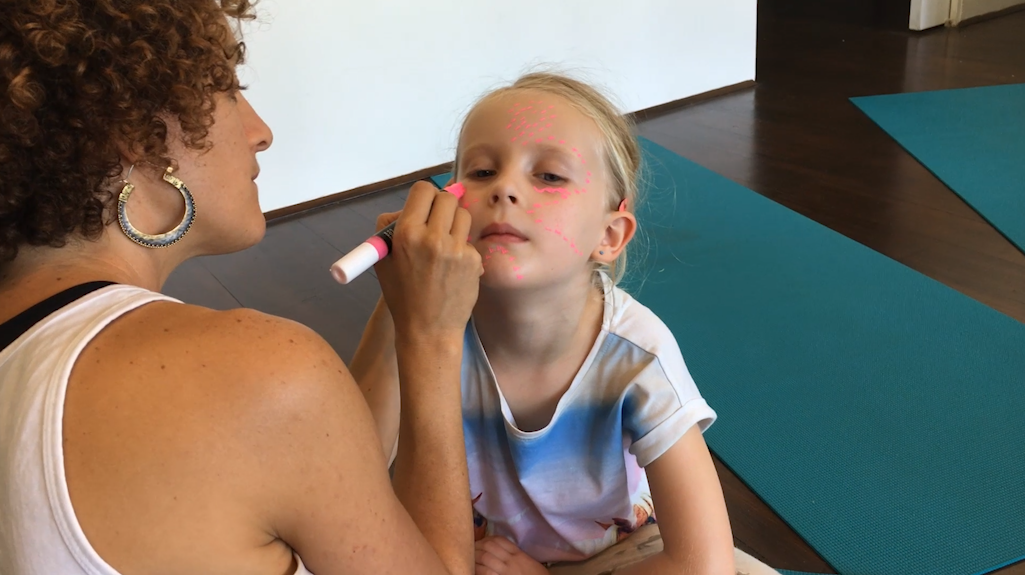It’s not footy, nor is it netball. It turns out yoga is the most popular sport in Australia.
Research done by Roy Morgan Research shows that one in ten Australians aged 14 and over are now participating at some level. The health and mental health benefits of yoga are constantly spoken about by adults, but what about the benefits it has for children?
Sarah Blangiardo, founder of company MOVE & MAKE, runs workshops that involve yoga, movement and games to create a sense of empowerment and confidence within children.
Discovering yoga eight years ago after a knee reconstruction, Blangiardo decided to combine her yoga expertise and love for working with children into a workshop that helps children feel empowered and confident – as well as teaching them how to interact with others.
She runs different workshops for children of all ages, with each one focusing on different things.
Recently Blangiardo has begun running a workshop called Girls Yoga Tribe, which involves the girls doing yoga, dancing, and encourages the girls to “work as a tribe” together.
“The girls enjoy the collaboration of it – so working together,” says Blangiardo.
The girls learn about the Yalukit William tribe, and then create their own by thinking of their own tribal name, their own tribal symbol and their own face markings.
“I suppose they get a sense of empowerment – as well as confidence building and connection with other girls that they might not know. It’s all about building that confidence up to be able to connect with other people.”
Organisations like Aussie Childcare Network and Parents Magazine both say that yoga is beneficial for children when it comes to incorporating exercise into kids’ lives, as well helping to teach them coping mechanisms when they feel particularly unhappy.
One of Blangiardo’s students Frankie, comments on how she enjoyed being able to colour in during the lesson because that is something that makes her feel calm.
“I wish I had something like this when I was their age. I think it’s really valuable for girls of this age to learn how to work together and connect on a different level using movement and touching and creativity.”
At the end of the workshop, Sarah rounds the girls up into a circle and asks them what they enjoyed about their day. The girls – now with faces covered in pink dots acting as their tribal markings – are babbling away with one another, the fact they only met four hours ago seemingly irrelevant.


